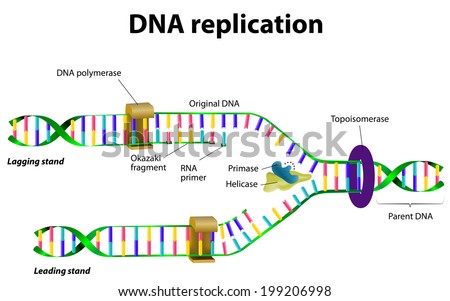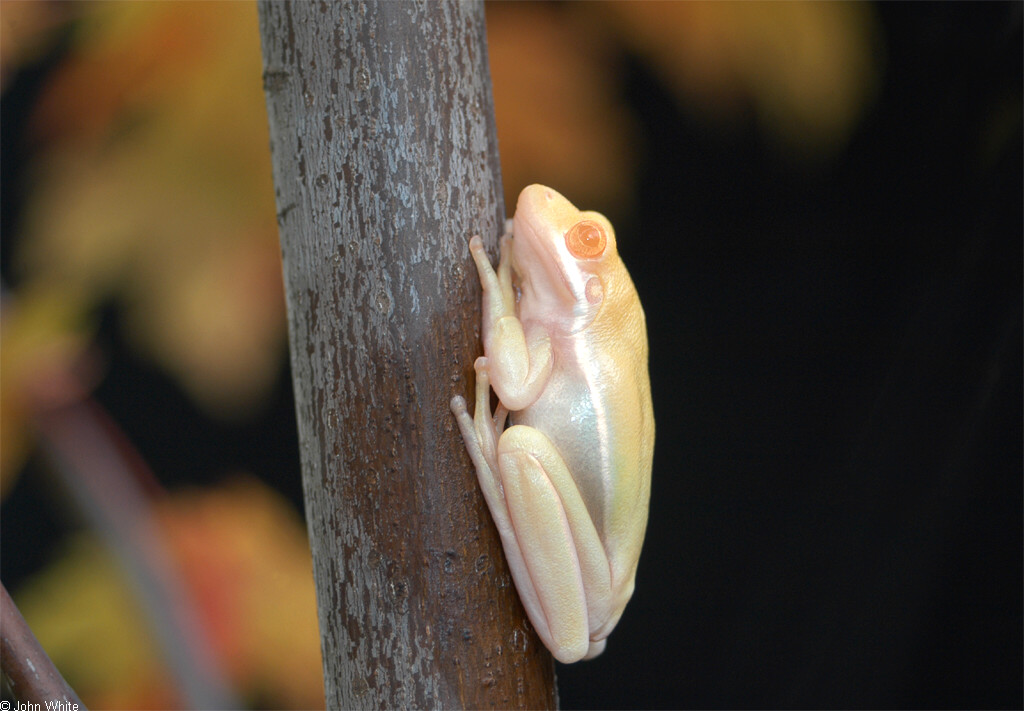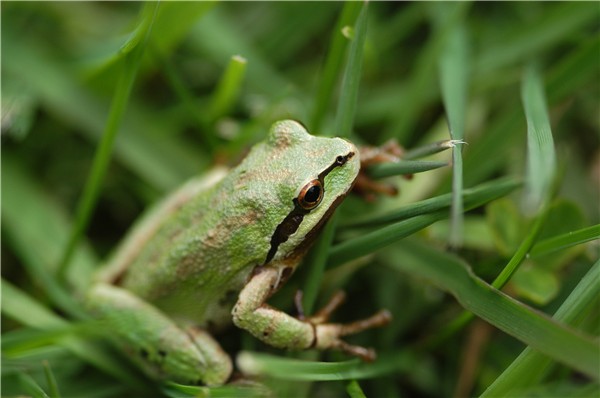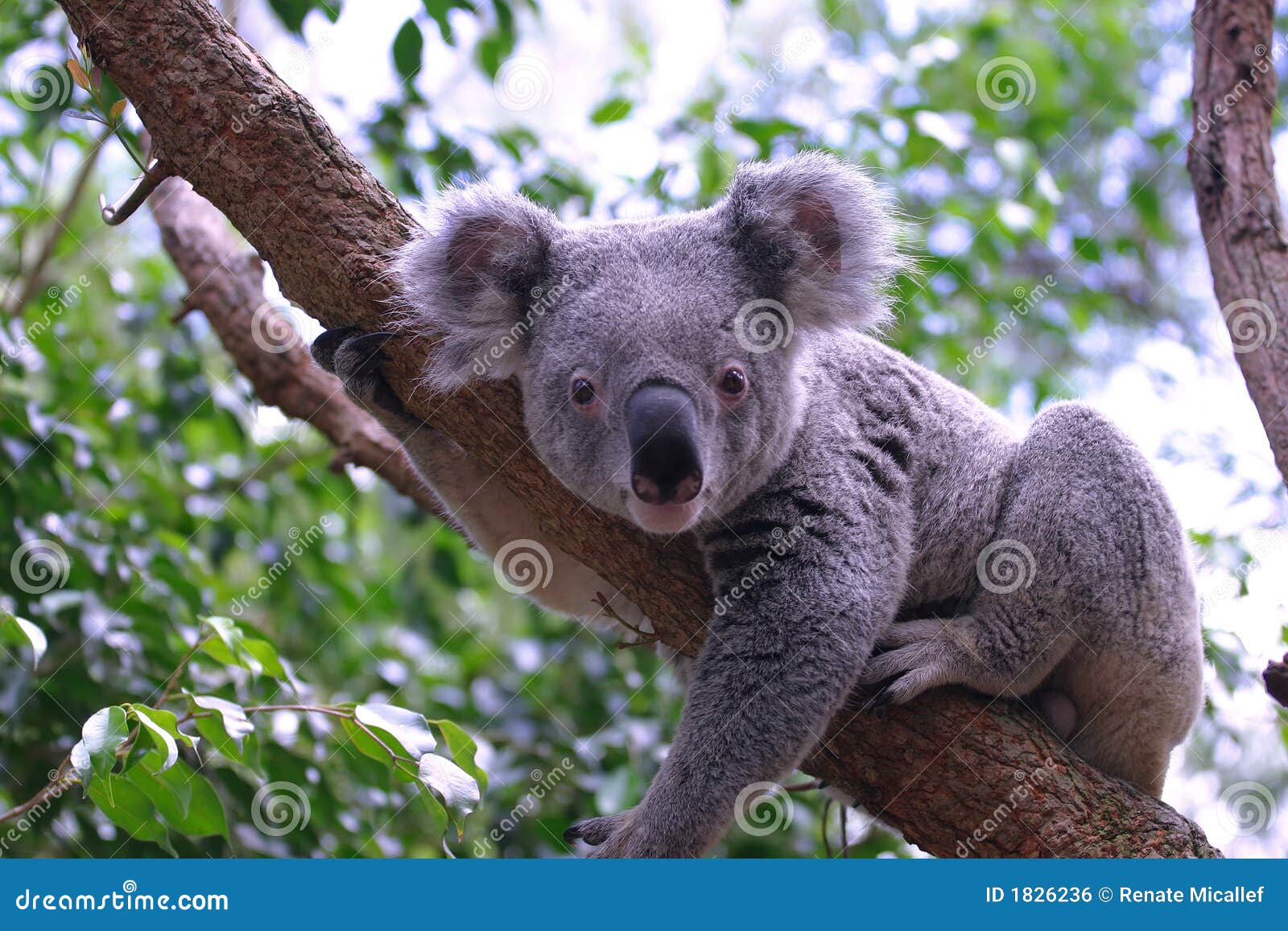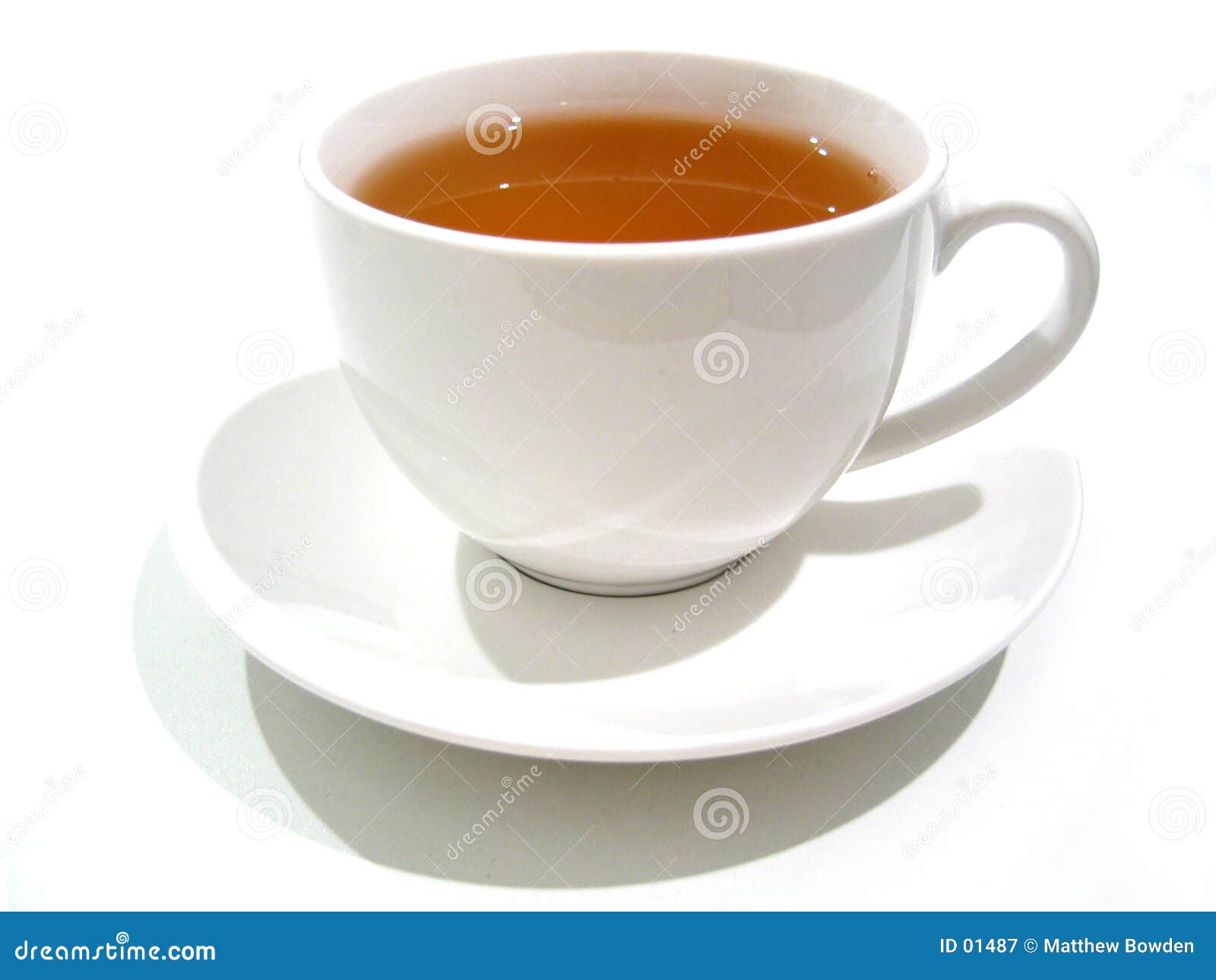In this lab we asked the question: Can macromolecules can be identifies in an egg cell? Using different chemicals and solutions, and mixing it with the egg parts, the macromolecules are exposed. For example, monosachharides are found in the surface of the cell, and using benedicts soulution, we tested if it is in the egg. If there were monosachharides it would have turened from blue to green, to orange. In that way we tested all four major macromolecules. First we separated the egg into three parts, the egg yolk, the membrane, and the white, then we tested each part to see which macromolecules were found in it. Since protein is udually fund in the center of the cell, in the structure, I assumed that it would be in the yolk of the egg since that holds the structure for the baby chicks. If there was evidence of protein in the egg yolk, then when mixed with CuSo4, it should turn from blue to purple. In the negative control, which was water, it showed on a scale to one to ten as sa zero, but when exposed to the egg yolk it was a two. It had turned from yellow, to a blueish purple color indicating that there was indeed protein in the cell. Since the egg white is the cytoplasm of the egg, and has many amino acids, I reasoned that it would contain protein. When we tested the egg white, with the CuSo4 to see whether it had any protein, it showed up as a light purple, almost lilac. On the scale we ranked it as a seven on brightness, which indicated that it did have protein. The egg whites are eaten by body builders as well as normal people as a protein source, so there had to be some evidence of protein in it. When mixed with a substance containing lipids, the chemical Sudan III turns from a red to an orange, and when we mixed it with a test tube of cell membrane, it turned into a bright orange color. We ranked it as a 10 in color, while the negative control, water, was a 0. It made sense there was lipids in the egg membrane because cell membranes are made up of lipids.
Some possible errors that could have occurred while performing the lab was cross contamination of the the substances. While we were splitting the egg, some of the yolk might have mixed with the membrane or the white since it exploded everywhere when we tried to cut it open. That could have affected how the chemicals responded with the substances because we were testing to compare between the parts and if the parts of the egg were mixed, it wouldn't have been a fair or accurate comparison. Another mistake could have been made was the timing of how long we left the chemical solutions to rest before judging what color it was, as well as how much of the substance that we mixed with the egg. Another huge thing that could have affected our final results was our definition of what a color is. Due to these errors, i say we should have timed how long the substance was left to rest, as well as a set amount of how much to mix in instead of 8 drops, an actual vial to mix in.
We did this lab to see and reinforce what we learned in the vodcasts, where do macromolecules exist in a cell. Since the egg itself is a cell, we were able to relate and compare it to an actual cell. We learned that cells are everywhere in our lives and eating certain parts of a food can benefit us in different ways, like body builder eating the egg whites, and the chick growing in the yolk of the egg.
Here are some pictures from the lab:
